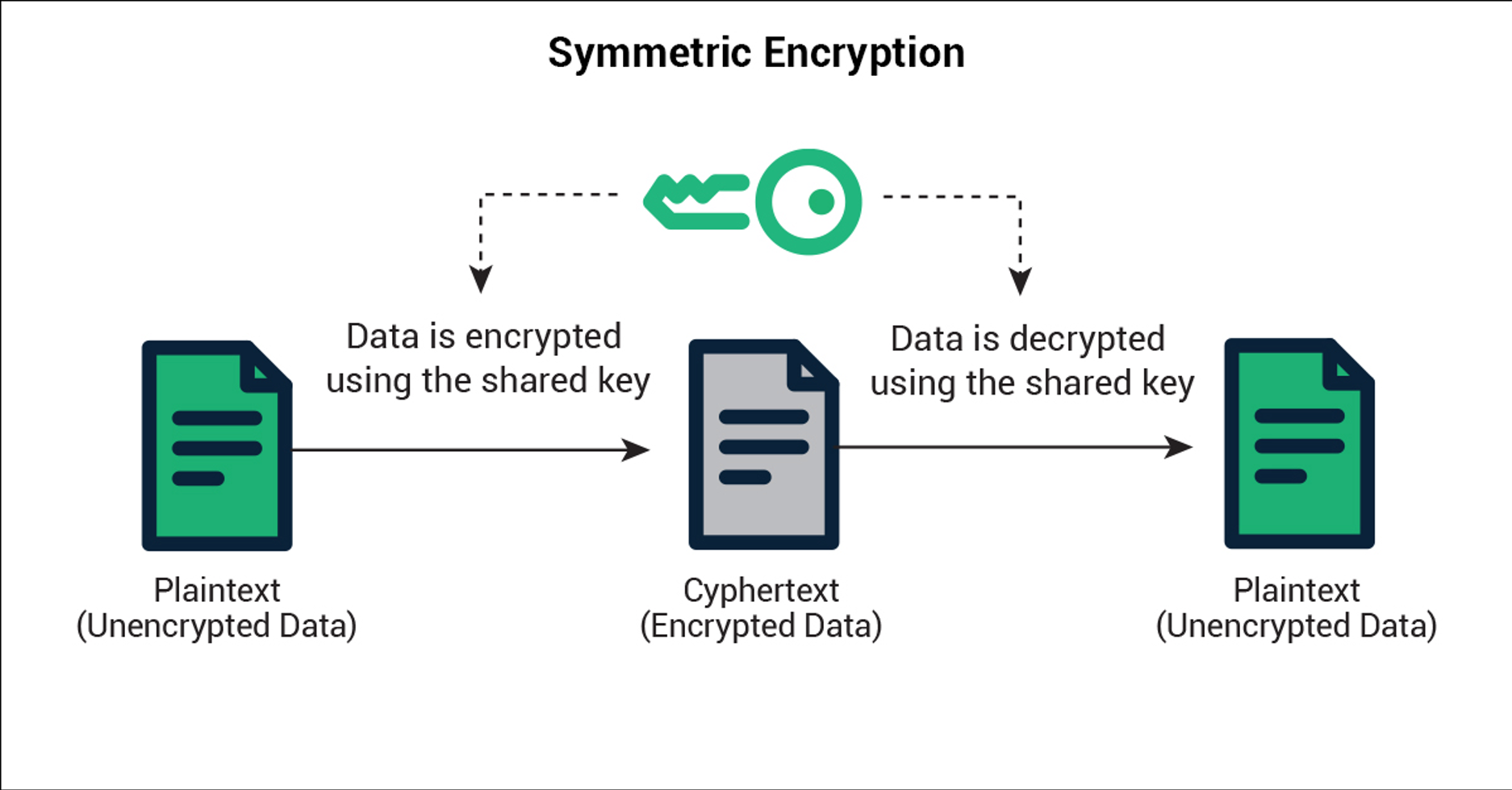
The Caesar cipher is what's known as a substitution cipher, because each letter is substituted with another one other variations on this, then, would substitute letter blocks or whole words.
WHY IS ENCRYPTION GOOD IN NETWORK SECURITY CODE
The tricky part is that everyone communicating needs to know the algorithm and the key in advance, though it's much easier to safely pass on and keep that information than it would be with a complex code book. With the Caesar cipher, you can encrypt any message you can think of. Contrast that with a system of code phrases where, say, "Let's order pizza" means "I'm going to invade Gaul." To translate that sort of code, people at both ends of the communication chain would need a book of code phrases, and you'd have no way to encode new phrases you hadn't thought of in advance. Encryption like this offers a fairly simple way to secretly send any message you like. It's three in the version of the cipher Suetonius describes, but obviously other variations are possible - with a key of four, A would become E, for instance.Ī few things should be clear from this example.

The key is how many letters later in the alphabet you need to go to create your ciphertext. The algorithm here is simple: each letter is replaced by another letter from later in the alphabet.

Suetonius's description can be broken down into the two cryptographic elements we've discussed, the algorithm and the key. If anyone wishes to decipher these, and get at their meaning, he must substitute the fourth letter of the alphabet, namely D, for A, and so with the others." It's known as the Caesar cipher, because Julius Caesar used it for his confidential correspondence as his biographer Suetonius described it, "if he had anything confidential to say, he wrote it in cipher, that is, by so changing the order of the letters of the alphabet. This is all very abstract, and a good way to understand the specifics of what we're talking about is to look at one of the earliest known forms of cryptography. Even if you know the method by which some message is encrypted, it's difficult or impossible to decrypt without that key. A key is just another piece of information, almost always a number, that specifies how the algorithm is applied to the plaintext in order to encrypt it. One important aspect of the encryption process is that it almost always involves both an algorithm and a key. (C rypt may make you think of tombs, but it comes from a Greek word that means "hidden" or "secret.") Encryption is an important part of cryptography, but doesn't encompass the entire science. encryptionĮncryption is what we call the process of turning plaintext into ciphertext.

WHY IS ENCRYPTION GOOD IN NETWORK SECURITY SERIES
In cryptography, an original human readable message, referred to as plaintext, is changed by means of an algorithm, or series of mathematical operations, into something that to an uninformed observer would look like gibberish this gibberish is called ciphertext.Ĭryptographic systems require some method for the intended recipient to be able to make use of the encrypted message - usually, though not always, by transforming the ciphertext back into plaintext. Cryptography is the science of keeping information secure by transforming it into form that unintended recipients cannot understand.


 0 kommentar(er)
0 kommentar(er)
